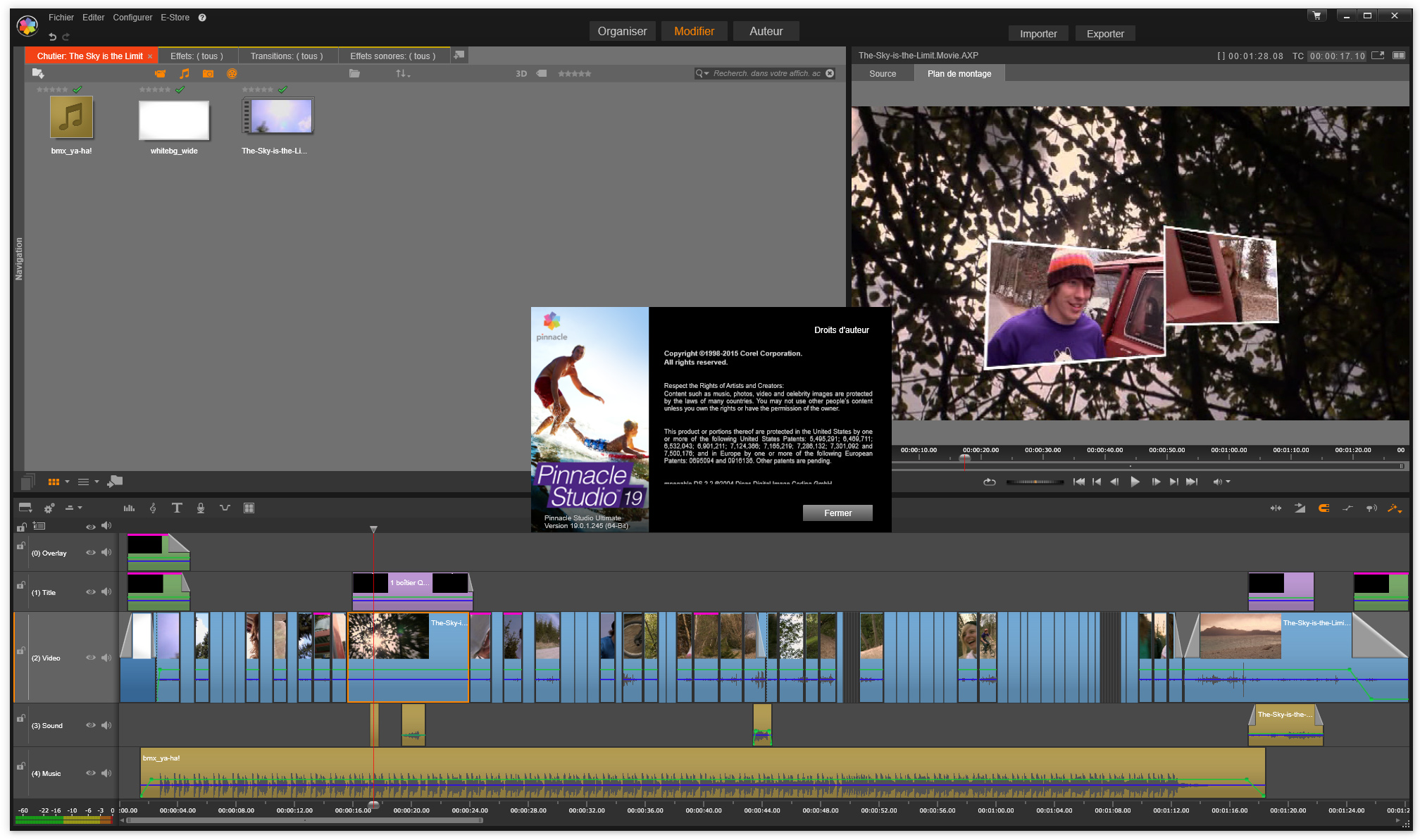

The old tracks could then be erased to make space for additional instruments or takes. By a process of muting and soloing, the best sections would be isolated and then bounced down, in real time, to an empty track. In the days of tape recording (analogue or digital), the singer often recorded new takes on individual tracks. Of course, this technique is not limited to vocalists (guitarists, for example, will also find it very worthwhile for assembling solos), but it's particularly applicable to vocals, because there are spaces between phrases that make it easy to split large parts into smaller sections.


You determine where the best parts are and then edit them together into a single vocal track. This is extremely common with singers, where, for example, the best version of the first verse might be in the fifth take, the best version of the second verse in the third take, and the best chorus in the first take.
#Pinnacle studio 22 audio noise reduction how to#
Here's how to do the job in Sonar 4.Ĭomposite recording is the process of recording multiple takes - usually in quick succession - then editing the best sections together into a single, cohesive part. The audio sequencing facilities we have at our disposal these days make it easier than ever before to produce world-class vocal recordings by taking the best parts from a series of takes and producing a composite from them.


 0 kommentar(er)
0 kommentar(er)
